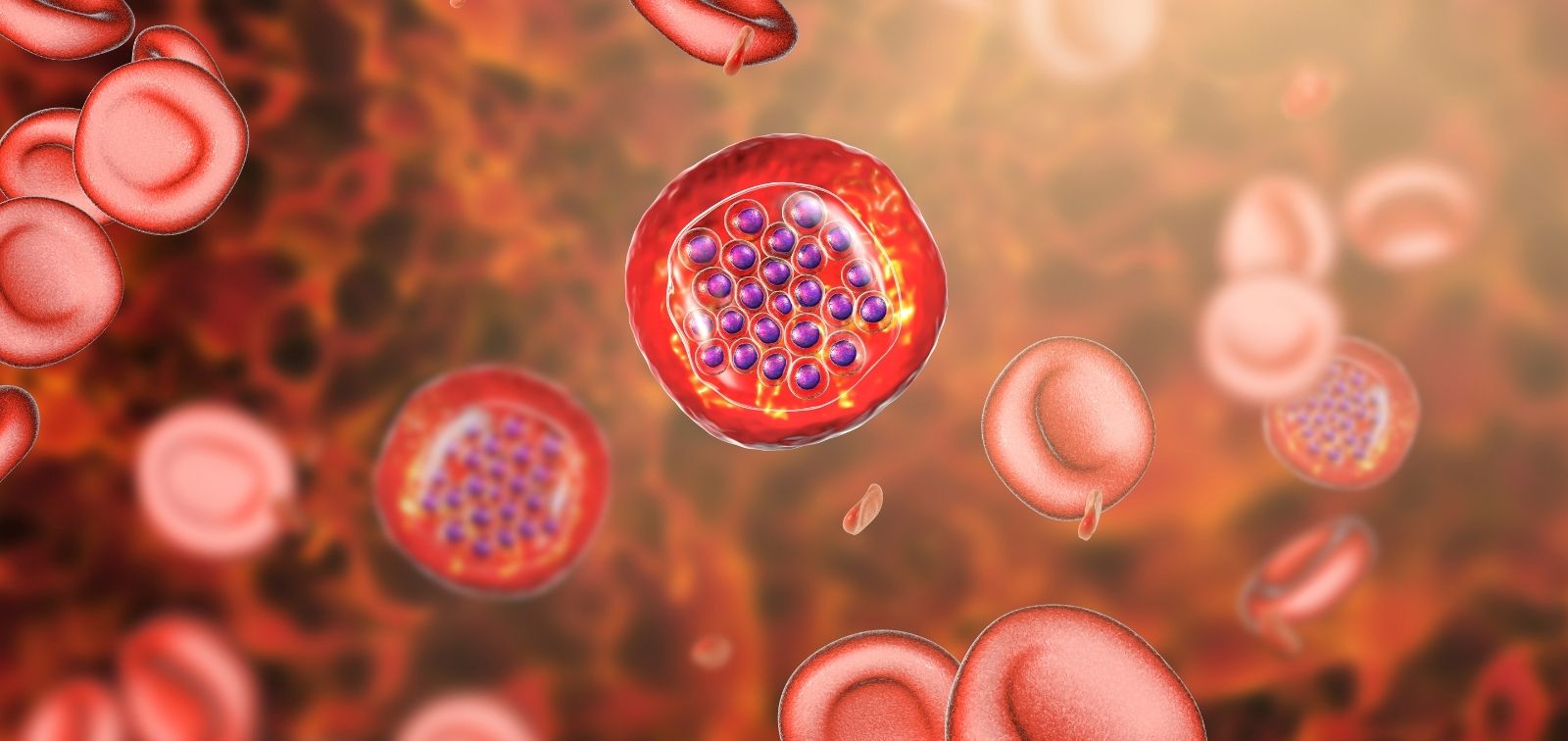New Study Sheds Light on How the Malaria Parasite Controls Its Genes
Understanding gene expression in Plasmodium falciparum advances our knowledge of malaria’s transmission potential
03.06.2025
Certain regions of the genome of the malaria parasite, Plasmodium falciparum, have an intrinsic ability to regulate gene expression. Identifying the mechanisms behind gene expression provides new insights into how the parasite controls its life cycle and adapts to different environments, according to this study led by the Barcelona Institute for Global Health (ISGlobal), a centre supported by the ”la Caixa” Foundation. The findings, published in PLOS Pathogens, suggest that the primary DNA sequence—that is, the specific order of its bases—plays a central role in determining which genes are switched on or silenced.
DNA is not freely floating within the cell nucleus; rather, it is packaged together with proteins called histones in a structure known as chromatin. This not only helps save space but also plays a crucial role in regulating gene expression. When chromatin is loosely packed (euchromatin), it allows genes to be activated. Conversely, when it is tightly compacted (heterochromatin), it blocks access and prevents gene expression in those regions.
The role of heterochromatin
In Plasmodium falciparum, chromatin dynamics play a key role in host-parasite interactions, as they regulate genes involved in processes such as immune evasion and red blood cell invasion.
Although the distribution of heterochromatin remains relatively stable while the parasite circulates in human blood (asexual stage), occasional changes help it adapt to the fluctuating conditions of the bloodstream. Heterochromatin also undergoes changes when the parasite prepares for transmission via the mosquito (sexual stage). These changes are vital for transmission, but the exact mechanisms behind them remain unclear.
"Understanding these mechanisms is important, as the formation of heterochromatin is involved in regulating genes essential to the parasite's survival and transmission. The better we understand our ‘enemy’, the parasite, the better we can fight it,” explains Alfred Cortés, ICREA researcher at ISGlobal and lead author of the study.
Formation and maintenance of heterochromatin: two distinct processes
In this study, Cortés and his team sought to answer the question: “Why does heterochromatin form in some parts of the genome and not in others?” Specifically, they investigated whether certain DNA sequences in Plasmodium falciparum can initiate and sustain the formation of heterochromatin.
“We inserted fragments of DNA into genomic regions where heterochromatin normally doesn’t form, and then checked whether it appeared. We observed that sequences from genes like var, which are involved in the parasite’s virulence, strongly triggered heterochromatin formation. Others, such as those from the pfap2-g gene, a regulator of mosquito transmission, showed a more limited ability to activate this mechanism,” explains Alba Pérez-Cantero, researcher at ISGlobal and first author of the study.
They also found that heterochromatin formation does not occur uniformly across all parasites: even within genetically identical populations, some parasites activated this silencing while others did not. Furthermore, they discovered that the regions required to initiate heterochromatin formation are not the same as those necessary to maintain it once established—indicating that the two are distinct biological processes.
Since the expression of many key genes in P. falciparum depends on whether they reside in heterochromatic regions or not, these findings could prove important in understanding how the parasite controls processes such as immune evasion and sexual conversion, a crucial step for transmission.
Reference
Pérez-Cantero, A., Llorà-Batlle, O., Pelaez-Conde, I., Martínez-Guardiola, C., & Cortés, A. (2025). Heterochromatin de novo formation and maintenance in Plasmodium falciparum. PLoS Path. https://doi.org/10.1371/journal.ppat.1013137



